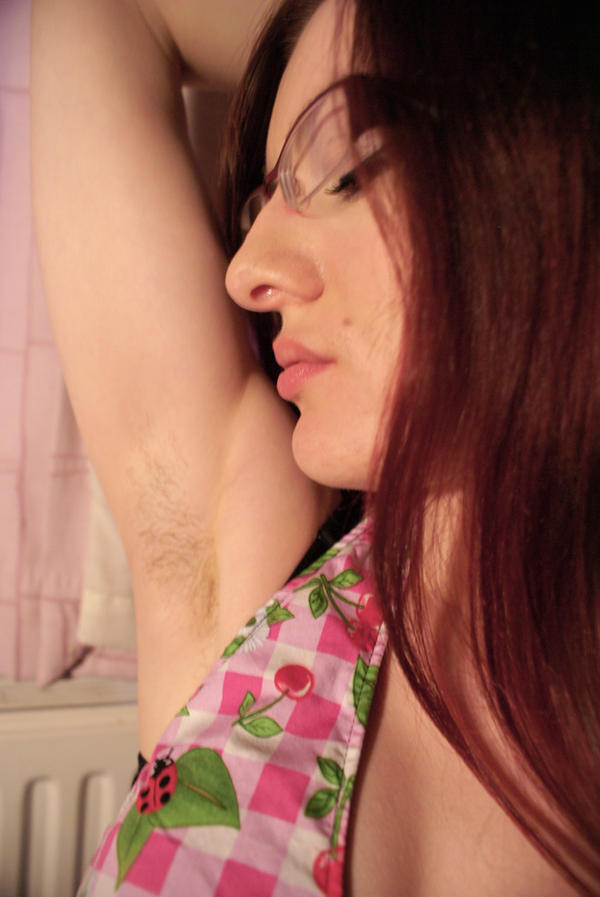In a previous post, I mentioned a speech made by a relatively young feminist, Poppy. She has kindly made the speech available online, so I'm going to repost it here.
I love this. Those are some of the reasons why I started Krav; so I can fight like a girl.
Hi, I'm Poppy. I'm 16 and I'm here to say:
“I have ALREADY had ENOUGH”
Enough of my friends being judged by what they wear, enough of my friends being raped and sexually abused, enough of my friends then being blamed for being attacked, enough of my friends being shamed into internalising that they are responsible for being raped by the way they dressed or acted or walked, Instead of society telling them that “rapists are not blame for rape, not victims”
And what I don't understand is that this is the same society who has told me, via magazines, advertising, television, the fashion industry and mainstream music that my only worth as a woman is as a sexual object. The same Society that tells me I should look up to Cheryl Cole, Jordan, Kerry Katona, Lindsay Lohan or the cast of 'The Only Way Is Essex' . But I don't want to be a WAG. I want to be Tank grrrl, I want to be Lara Croft,I want to be my mother, who has fought for her right to be her own woman, I want to be Athena, I want to be Liz Lemon. And when i have kids, I will mother like Sarah Connor. I am Hit Girl. But, society doesn't want me to be any of these strong women, because strong women question, because strong women demand that our voices are heard, because strong women say “I own my own body”.
So society please make up your mind. Do you want me to be Paris Hilton or not? Stop sending me and my generations mixed messages. Don't tell me to reduce myself to a sexual object and then turn round and tell me after I've been raped that it was my fault because I'd dressed in the way society suggested I should.
And so, I choose to say “enough is enough” I choose to stand up and say I draw a line below all the mixed messages society sends us, and I warn you: I fight like a grrrl.
(the next piece of the speech was 'borrowed' from an old 'zine and we haven't been able to attribute it)
I fight like a grrrl who refuses to be a victim
I fight like a girl who's tired of being ignored and humoured and beaten and raped
I fight like a girl who's sick of not being taken seriously
I fight like a girl who's been pushed too far
I fight like a girl who offers and demands respect
I fight like a girl who has a lifetime of anger and strenghth and pride
pent up in her girly body
I fight like a girl who doesn't believe in fear and submission
I fight like a girl who knows that
This body and This mind are mine
I fight like a girl who knows that
YOU ONLY HAVE AS MUCH POWER AS I GRANT YOU.
I fight like a girl who will never allow you to take more than I offer
I fight like a girl who fights back.
So next time you think you can distract yourself
from your insecurities by victimising a girl
Think again, that girl might be me and
I FIGHT LIKE A GIRL.
I'm Poppy, I'm 16 and I've already had enough.
I love this. Those are some of the reasons why I started Krav; so I can fight like a girl.














